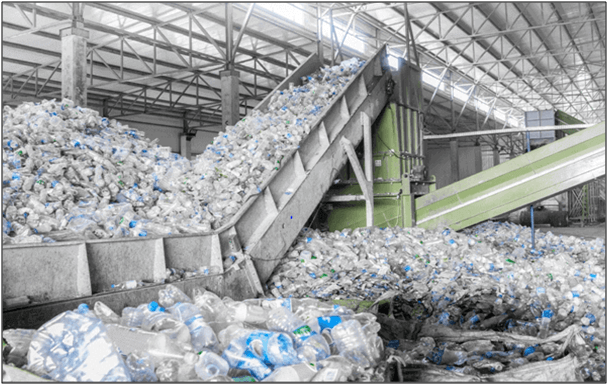Sustainability, without doubt, will be the key differentiating factor for companies in the coming decade. A sustainable supply chain is not only economically sound and competitive but also that which fully integrates ethical and environmentally responsible practices into its operations. Companies that are open to change and adopt sustainable practices will keep their supply chains resilient in these uncertain times amidst the pandemic. This article highlights some best practices to build sustainable supply chains.
Table of Contents
Reducing Wastes
The waste hierarchy consists of the 3 R’s of Reduce, Reuse and Recycle. The best practice is the first R, namely to reduce the production of those materials that become wastes in the first place. The simple premise is that if there is less waste, then there will be less to reuse or recycle. The greatest environmental benefit comes from cutting down on unnecessary consumption as this will reduce waste generation.
More and more companies now are adopting a collaborative approach to deliver real and sustainable impact towards waste reduction. For instance, Coca-Cola Singapore has partnered with Singapore Paddle Club (SPC) for its annual ocean paddling competition, “Race Without Waste” which disallows the use of all single-use plastics throughout the two-day event. The drive home message is to highlight the importance of conserving the environment by forgoing the use of plastics and reducing wastes.
Reusing Products
Reusing means using a product multiple times for as long as it can be used rather than discarding it away only after one use thereby increasing its lifespan. The biggest impediment in reusing a product is the “Use and Throw” or “Disposability” mentality. Today’s fast paced lifestyle has led to increasing consumerism and disposable products are flooding the markets under the ruse of convenience. However, the truth is that disposability costs more, both economically and environmentally than the convenience it provides. The solution is to think long-term and buy only quality products that last for a longer time. This will eliminate waste due to repeat purchases. A case in point is Proctor & Gamble (P&G) which is offering its “Head and Shoulder” shampoo for the European market in reusable bottles.

Recycling Wastes
Recycling is the last step in the waste management hierarchy when production cannot be cut down and where reusing is not possible. It is breaking down and using materials instead of discarding as trash. The key feature is that the output of one process becomes the input for the other. Recycling helps to save tons of trash from entering the landfills, reduce pollution, decrease emissions of greenhouse gases and conserve energy. Today, recycling is imperative to sustain the planet for the next generation. The first step towards efficient recycling is buying those products that can be recycled by looking out for the recycling symbol. Having a recycling infrastructure in place is crucial as wastes has to be collected and segregated. Also, there should be a facility to receive and transform it into raw materials. Most importantly a culture of recycling has to be encouraged in communities by educating and involving all stakeholders. Coca Cola company is an inspiring example, which has achieved 90% recyclability in all its products packaging globally and strives to make it 100% by 2025.
The full content is only visible to SIPMM members
Already a member? Please Login to continue reading.

